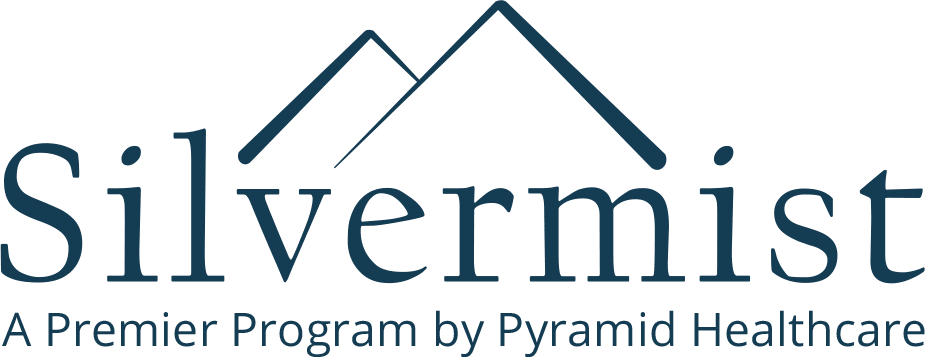
Making the active decision to undergo cocaine addiction treatment is a courageous commitment that deserves respect. Not only is addiction a difficult disease to overcome; receiving the proper treatment for drug addiction requires dedication and personal commitment, especially during the process of detox and withdrawal.
Addiction treatment centers exist for many reasons, but one of them is to provide a safe place in which to physically detox and once again become mentally stable and free from the oppressive actions of the drug on the brain. Doctors and therapists take the time needed to not only thoroughly understand the patient in their care, but also the specifics behind every drug and its potentially lethal effects on the body – in this case, cocaine.
How does cocaine work?
Believe it or not, cocaine was once used as a main ingredient in various treatments prescribed for illness; doctors even used it as a method to minimize pain during surgeries. Over time, however, recreational use of the drug got out of hand, its highly addictive nature and potential for overdose became known, and it was accordingly labeled a Schedule II drug.
Unfortunately, the label has not deterred its use, and many continue to abuse the substance in different ways. Cocaine can enter the body in a variety of ways – intravenously (injection directly into the bloodstream), intranasally (snorting), via smoking or orally. The particles from the cocaine then interfere with the brain’s reward system, that is, they block the released dopamine particles from being recycled normally, instead trapping dopamine next to the receptors. This excess dopamine around the receptors creates a euphoric high.
Over time and with repeated use, cocaine so drastically alters the natural process of releasing and recycling dopamine, that part of cocaine addiction treatment focuses on the slow healing of this function within the brain.
How does cocaine affect the body?
Cocaine can impose both short-term and long-term effects on the body.
Short-term effects can include:
- Increased sensitivity to sound, light and touch
- Heightened energy/feeling hyper awake or alert
- Increased irritability
- Increased paranoia
While treatment does seek to help heal these effects, it primarily seeks to reverse the life-threatening, long-term effects of cocaine, including:
- Restlessness, irritability, panic attacks, paranoia and perhaps complete psychosis where one loses their grip on reality in the hands of an auditory hallucination
- Tolerance, where more and more of the drug is needed to experience the same high
- Snorting can lead to heightened sensitivity in the nose, loss of smell, nosebleeds and a frequent/perpetual runny nose
- Smoking leads to lung damage and potentially asthma
- Injecting cocaine can lead to hepatitis C, HIV, or endocarditis, a serious heart infection
- High risk of relapse, even after many years sober
What happens during cocaine addiction treatment?
Primarily, cocaine addiction treatment begins with detox, overseen by a medical professional. Detox is also likely to include an experience of withdrawal symptoms, including affected thinking, depression, fatigue, unpleasant/vivid dreams and insomnia. Once the substance has been flushed from the body, however, the remaining steps toward recovery can be pursued.
Two methods are typically utilized to help facilitate cocaine addiction treatment – CBT (cognitive behavioral therapy) and motivational incentive.
- CBT works to educate the individual about addiction, and how patterns of thinking can influence behavior. Therapists can also teach behaviors that may help a person stay sober, like learning to resist the temptations to return to cocaine use and how to recognize when one may be heading toward a relapse.
- Motivational incentive involves rewarding positive behaviors in recovery such as negative drug tests and participation in rehab groups. Tangible rewards can be provided, like movie tickets, gift cards, or points that can be exchanged for other items.
In addition to CBT and motivational incentives, community integration has been shown to be especially effective in promoting and sustaining the recovery of an individual. Sober living homes provide an intensive, supportive and encouraging environment in which one can persevere through recovery. After a client has undergone either inpatient or outpatient treatment, engaging in a community recovery group can also offer much support in terms of preventing relapse.
Receive the support you need today
When seeking out a treatment center for cocaine addiction, look for one that promises to treat the individual, not just the addiction. Cocaine doesn’t just hurt the body; it hurts the entire person, taking a toll on personal relationships and normal day-to-day routines. While cocaine addiction may have robbed you of control over your life, it’s always possible for you to get that control back.
If you’re ready to take the step toward freedom, and cocaine addiction treatment is right for you, reach out to the experts at Silvermist Recovery today when you call 724-268-4858.
